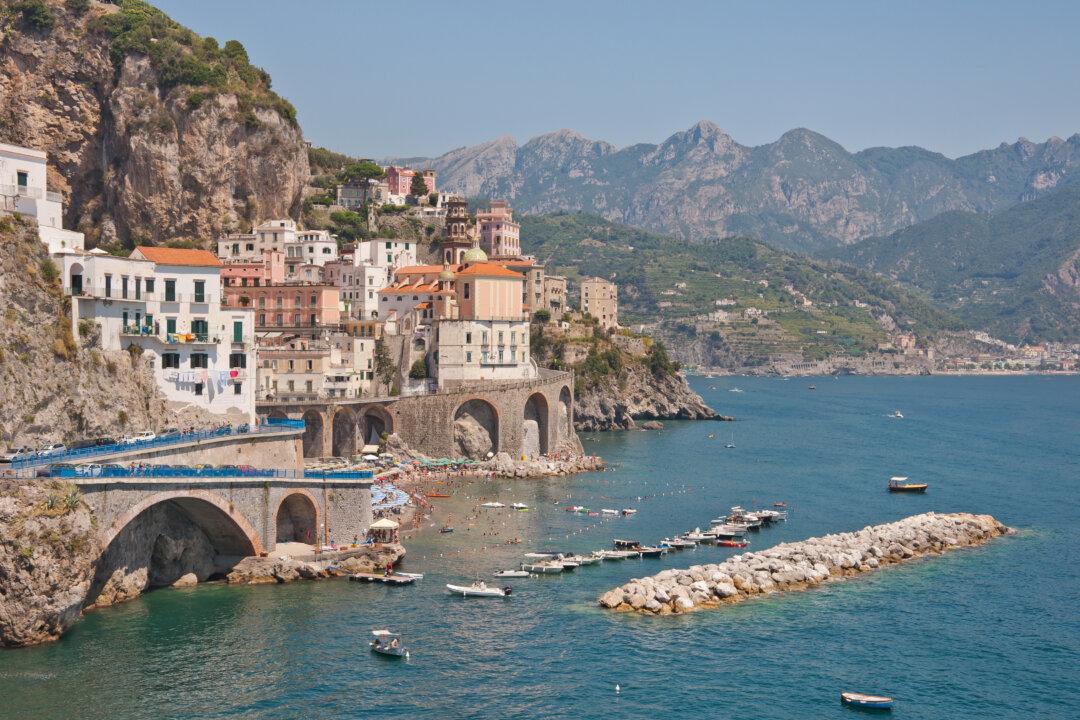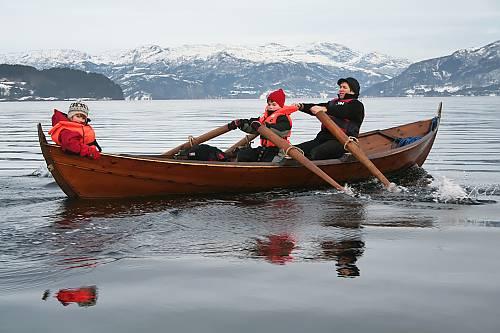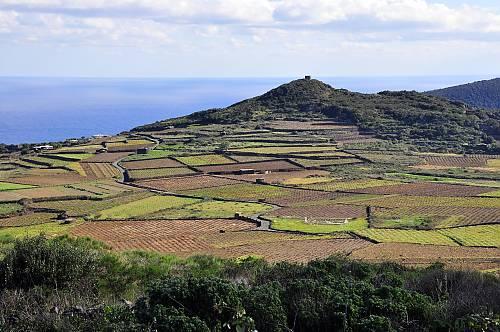One of the great things about Seabourn Cruise Line is that its ships are small, which means they can go where larger cruise ships can’t and stop at ports normally reserved for yachts. Seabourn is also active in sustainable tourism. More on that later.
A Seabourn cruise I went on last summer, on the Seabourn Sojourn, departed from the Port of Rome on July 25 and returned 11 days later. It was a treat to be able to visit Rome and go on to luxuriate in the romantic aura of the French Riviera.
In Provence, the intense quality of the light and the special palette of colours are magical. We docked at Bandol, a part of the Cote d'Azur discovered not only by 19th-century French painters but by writers D. H. Lawrence, Thomas Mann, and Aldous Huxley. People go there now in search of a way of life much the same, from the Golden Horn to the Straits of Gibraltar—a sensual existence of unhurried elegance as timeless as the town’s flower-sellers.
Bandol is known to wine connoisseurs for its wines, and to fish-lovers for its catch of the day, often made into tasty fish soups or stews. What I loved was the scent of thyme and lavender in the air and seeing fig trees, palm trees, citrus groves, grape vines, and oaks growing within a few miles of each other. It was also useful to learn about selecting fresh fish from one of the ship’s chefs who led a tour to the fish market.
Our itinerary included Corsica’s beautiful Golfo Aranci, and stops at Santa Margherita and the Italian port of Livorno so passengers could visit Florence, Pisa, or rent a car and drive up to Volterra, the Etruscan town where archaeological digs are ongoing.
The Sojourn then set sail for the islands of Gozo and Malta. I loved Valletta, the Maltese capital, named European Capital of Culture 2018 and a UNESCO site in itself. I did some shopping and bought a tube of Spanish saffron.
UNESCO Tour
Seabourn has joined UNESCO in a new partnership. Excursions to World Heritage Cultural as well as Natural sites are part of many cruises. This alliance means that Seabourn supports UNESCO financially. Part of the cost of each land excursion to a UNESCO site goes directly to that site. These tours are optional.
Seabourn and its partner believe in sustainable tourism, protecting and preserving both the natural and cultural wonders of the world. The UNESCO tour on this cruise was to Gozo, the sister island of Malta, to see prehistoric temples in Xaghra dating back to 3600 B.C.
The seven megalithic temple ruins on Gozo and Malta are all UNESCO sites. Truly awesome, they were inscribed because of their originality, complexity, massive proportions—according to Maltese folklore, they were built by giants—and also because of the considerable skill required in their construction.
These temples were thought until recently to have been linked to Greece’s Mycenaean civilization, circa 1500 B.C. Built of huge blocks of native limestone, they are probably the world’s first temples, older than Egypt’s pyramids. One, the Skorba Temple, has been carbon-dated to 4850 B.C. Professor Colin Renfrew at Jesus College, Cambridge University, whose special interest is European pre-history, described them as “the oldest free-standing monuments in the world.”
Valletta’s unique 18th-century national theatre, Teatru Manoel, with its ornate, gilded wooden interior, is also special. It was originally built “for the honest recreation of the people” by Antonio Manoel de Vilhena, a Grandmaster of the Knights of St. John. Opened in 1732, it has been in constant use to this day.
Not only does the theatre stage ballets, piano recitals, and plays, it also hosts tours to archaeological sites. Visitors may stay in self-catering apartments in the theatre, entering through the stage door.
Taormina and Mt. Etna
Taormina in Sicily was one of our last ports of call before we sailed to the beautiful town of Amalfi. The Sojourn then cruised along the legendary Amalfi Coast so passengers could glimpse this beautiful part of Italy before sailing back to the Port of Rome.
In Sicily, we anchored off Giardini Naxos, the first Greek settlement in the area. Taormina, set on a lofty terrace on Monte Tauro overlooking Naxos, was unforgettable. One of the town’s most remarkable monuments is the Ancient Theatre, a relatively well-preserved ancient Greek theatre and one of the most celebrated ruins in Sicily.
We could see Mt. Etna, the highest volcano in Europe, fuming in the distance. At Amalfi we saw sulphurous plumes billowing from Mt. Etna’s crater. We also smelled the smoke as numerous fire fountains leapt into the sky, spewing molten rock and ash every now and then.
When we returned to the port of Rome, I was anxious to set sail again. I started planning my next Seabourn cruise.
For more information, visit: www.seabourn.com
Susan Hallett is an award-winning writer and editor who has written for The Beaver, The Globe & Mail, Wine Tidings, and Doctor’s Review, among others. She is currently the European editor of Taste & Travel International. Email: [email protected]





